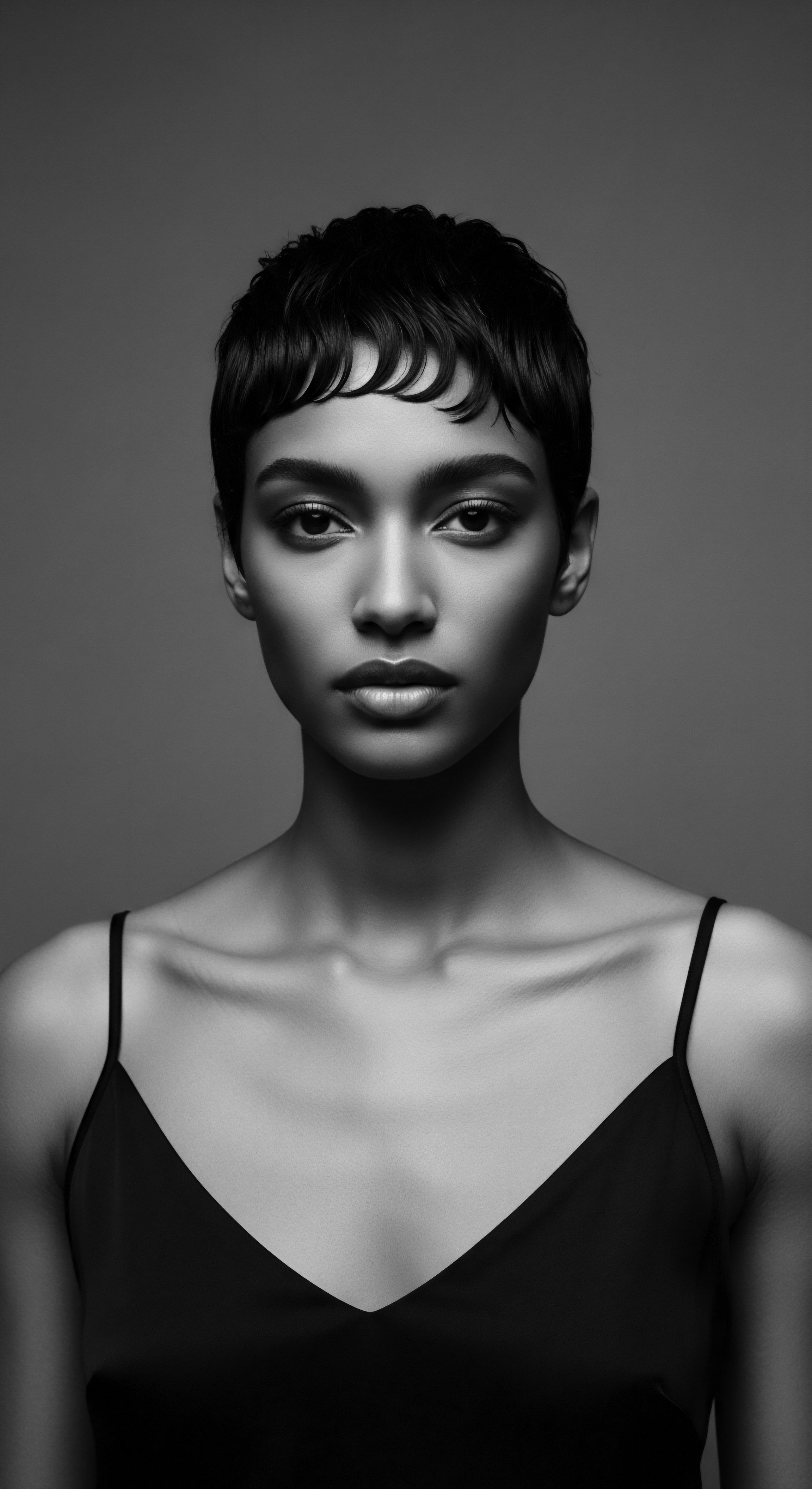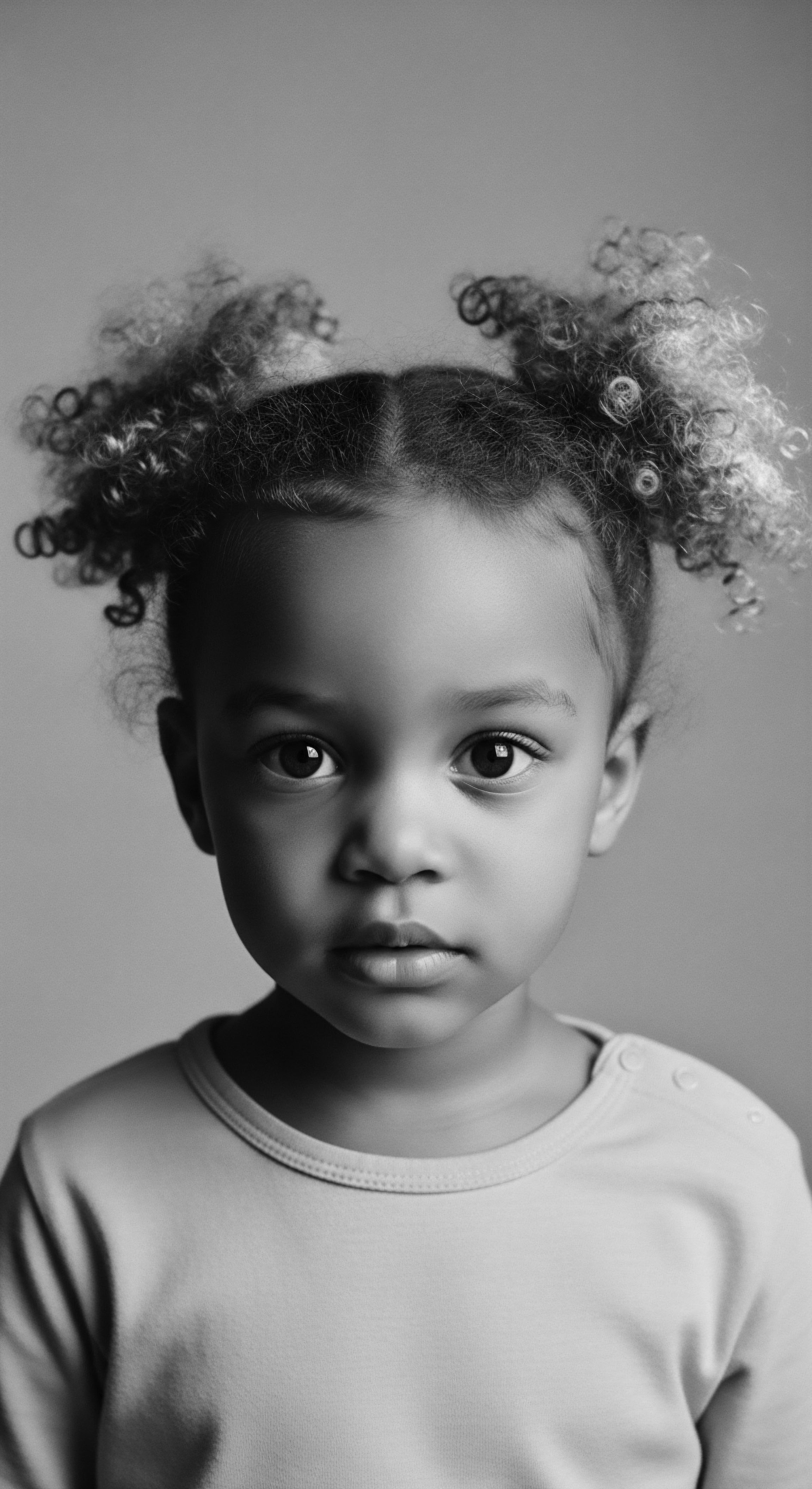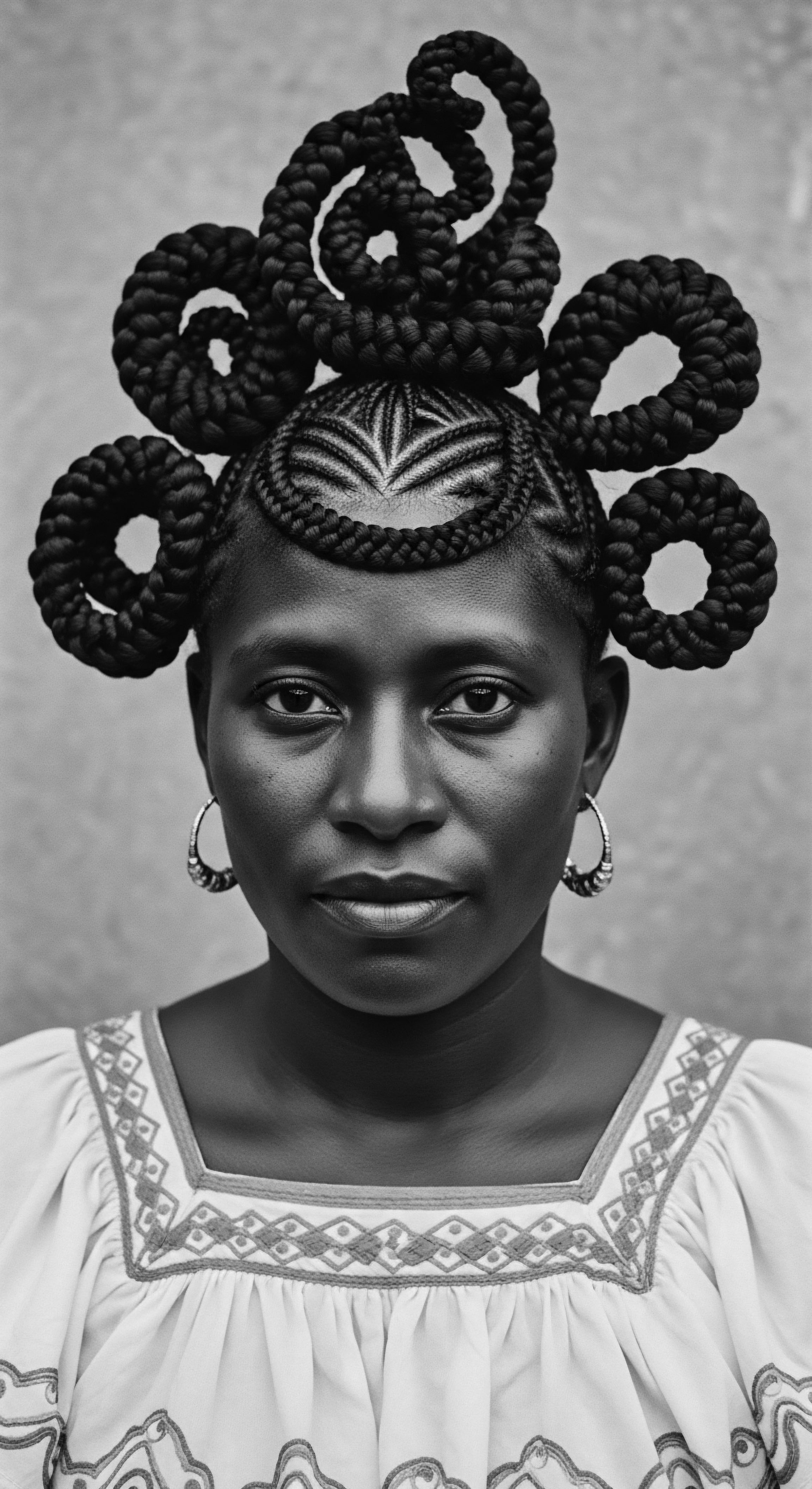
Did specific traditional hairstyles offer sun protection for textured hair?
Yes, traditional textured hairstyles and associated care practices offered physical and topical sun protection rooted in ancestral wisdom.

In what ways did ancestral hair practices serve as communication?
Ancestral hair practices served as non-verbal communication, encoding social status, identity, and resistance through diverse styles and adornments within textured hair heritage.

What historical meaning do traditional textured hair styles carry?
Traditional textured hairstyles are a heritage archive, conveying identity, status, spirituality, and resistance across generations and cultures.

How do traditional hair care practices support textured hair heritage?
Traditional hair practices preserve textured hair heritage by linking modern care to ancient wisdom, identity, and resilience.

What ancient practices affirm the identity of textured hair across generations?
Ancient practices affirmed textured hair identity through communal rituals, intricate styling, and holistic care rooted in ancestral wisdom and cultural belonging.

What ancient African hairstyles communicated social status and heritage?
Ancient African hairstyles communicated social status and heritage through elaborate patterns, adornments, and grooming rituals signifying age, wealth, marital status, and tribal identity.

In what ways does affirming textured hair heritage shape self-perception and cultural expression?
Affirming textured hair heritage deepens self-perception and expands cultural expression by reconnecting individuals with ancestral wisdom and resilience.

How did specific hairstyles signal identity in ancient African heritage?
Ancient African hairstyles were a visual lexicon, signaling identity, status, and heritage through intricate patterns and adornments in textured hair.

